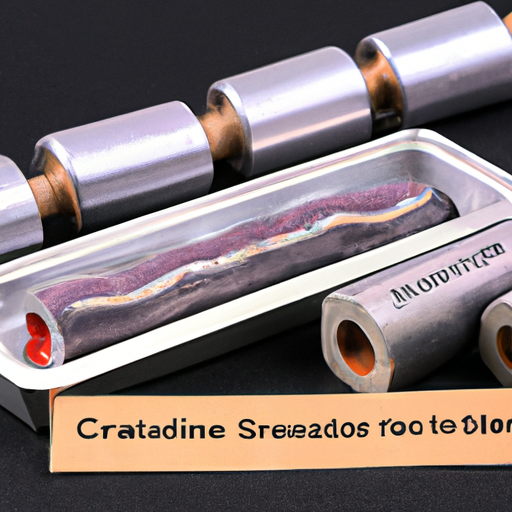Variable capacitors are essential components in electronic devices, allowing for the adjustment of capacitance to control the flow of electric current. These capacitors are widely used in radios, televisions, and other electronic devices to tune frequencies, adjust signal strength, and control voltage levels. The production process for variable capacitors involves several steps to ensure high-quality and reliable components.

The next step in the production process is the fabrication of the capacitor plates. The plates are typically made of metal, such as aluminum or copper, and are coated with a thin layer of dielectric material. The plates are then etched or stamped to create the desired shape and size. The precision of this step is crucial to ensure that the capacitor has the correct capacitance and can function properly.
Once the capacitor plates are fabricated, they are assembled into the capacitor body. The plates are arranged in a parallel configuration, with a gap between them to allow for the storage of electric charge. The capacitor body is then sealed to protect the plates from external contaminants and to ensure the stability of the capacitance.
After the capacitor body is assembled, the next step in the production process is the tuning of the capacitance. This involves adjusting the distance between the plates or changing the dielectric material to achieve the desired capacitance value. This step is critical to ensure that the capacitor meets the specifications required for its intended application.
Once the capacitance is tuned, the capacitor is tested for performance and reliability. This involves measuring the capacitance, leakage current, and other electrical properties to ensure that the capacitor meets the required standards. The capacitor is also subjected to environmental tests, such as temperature and humidity cycling, to ensure that it can withstand harsh operating conditions.
After passing the performance and reliability tests, the variable capacitors are packaged and labeled for distribution. The packaging is designed to protect the capacitors during shipping and storage and to provide information about the specifications and usage of the component. The capacitors are then shipped to customers for use in electronic devices.
In conclusion, the production process for variable capacitors involves several steps to ensure high-quality and reliable components. From the selection of materials to the fabrication of capacitor plates, tuning of capacitance, and testing for performance and reliability, each step is crucial to producing capacitors that meet the requirements of electronic devices. By following a systematic production process, manufacturers can ensure that variable capacitors are produced efficiently and effectively to meet the demands of the electronics industry.